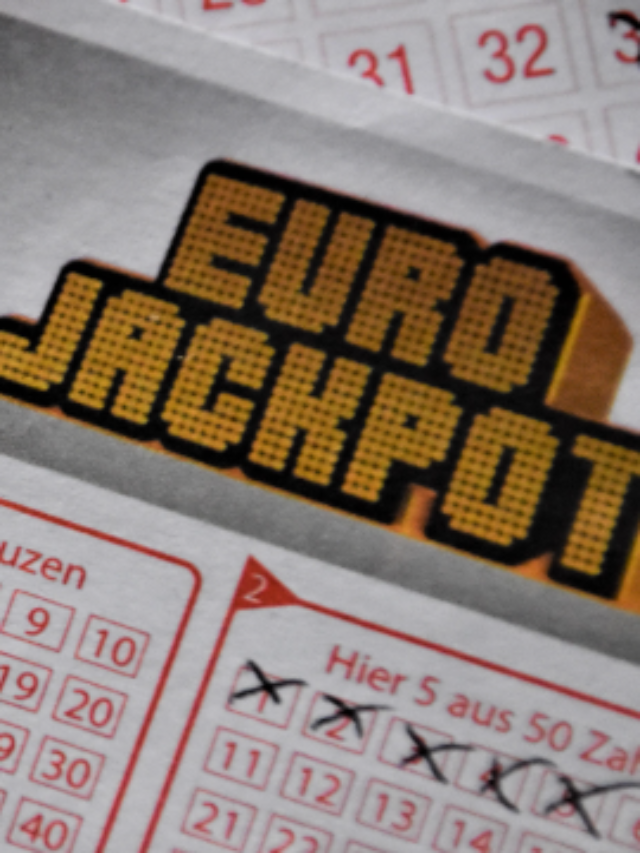| Type | Examples |
|---|---|
| Early Innovations | ENIAC, UNIVAC |
| Personal Computers | Desktops, Laptops |
| Smartphones & Tablets | iPhones, Android devices |
| Servers & Mainframes | IBM Z Series, Sun Enterprise |
| Embedded Systems | Microcontrollers in appliances, vehicles |
| Supercomputers | IBM Summit, Fujitsu Fugaku |
Table of Contents
Introduction
This article highlights the profound impact of digital computers on modern society. It presents an analogy between computers and the essential threads woven into the fabric of our daily lives, emphasizing their role from early innovations to today’s advanced technologies. Digital computers have been portrayed as the fundamental support structure for important and ongoing technological advances in everyday interactions.
Early Innovations

Digital computing began with the emergence of important machines such as ENIAC and UNIVAC. These impressive technological devices, with their remarkable capabilities, were not mere gadgets; It was an indicator of a new era. They demonstrated the power of transforming data into valuable information and laid the foundation for the computers we rely on today. This was not just a period of technological progress; This was when we initially saw a glimpse of the future that permanently changed the way we interact with the world.
Personal Computers

The introduction of personal computers such as desktops and laptops marked a revolutionary change in modern life. They didn’t just change the way we work; They changed where and how we learn, work and entertain ourselves. These devices democratized access to information and global communications, making them as fundamental to our daily lives as electricity. Imagining a world without personal computers is like imagining a time before the widespread use of electricity – a stark reminder of how deeply integrated and essential these devices have become in shaping our everyday experiences and interactions.
Smartphones and Tablets

Portable gadgets like smartphones and tablets have transformed the idea of personal computing by blending ease and flexibility with strong capabilities. They have changed the definition of being connected by providing not just communication gadgets but also a variety of functions, including high-quality cameras and full entertainment platforms, all accessible on your mobile device. These gadgets have become a part of our personal and professional lives, embodying the concept of modern connectedness and versatility.
Servers and Mainframes

Server and mainframe systems are the essential components that drive businesses and the internet. Working silently but importantly, they handle large amounts of data and do out complicated operations. These systems are crucial in ensuring the flawless functionality of our digital environment. From managing websites to handling transactions, they labour diligently behind the scenes. Their strong structures and advanced software allow them to manage the constantly expanding requirements of modern digital activities, making them essential in our increasingly interconnected world.
Embedded Systems

Embedded systems play a crucial role in modern electronic gadgets, ranging from everyday household appliances to advanced automotive systems. These customized computers are designed to carry out certain tasks, functioning quietly but efficiently. They play a crucial role in enhancing the intelligence, responsiveness, and energy efficiency of devices, typically performing real-time tasks. Their existence, although frequently overlooked, greatly improves the usefulness and ease of common things, making them essential in the fabric of modern technology.
Supercomputers

Supercomputers represent the highest level of computing power, demonstrating the utmost in speed and processing capabilities. These large technology companies are crucial in industries that need significant computing power, like cutting-edge scientific studies, climate prediction, and intricate simulations in the domains of physics and astronomy. They let academics to address issues and examine data on a scale that was previously inconceivable, speeding up advancements in science and technology. Supercomputers are not only instruments; they serve as portals to unexplored domains of knowledge, advancing the boundaries of human comprehension and creativity.
Conclusion
The development of digital computing demonstrates human imagination and the persistent drive for progress. In the future, computers will not just develop but also change the way we interact with the world, affecting all areas of society, culture, and personal life. They will probably become more intuitive and adaptive, offering advances that we can only start to envisage. The potential of computing in the future is limitless, fueled by the constant human need to explore, comprehend, and create.
Call to Action
“What are your thoughts on this fascinating journey through computing history? Share your views in the comments and make sure to explore other informative articles at trendingtechusa.com for more insights into the world of technology!”












